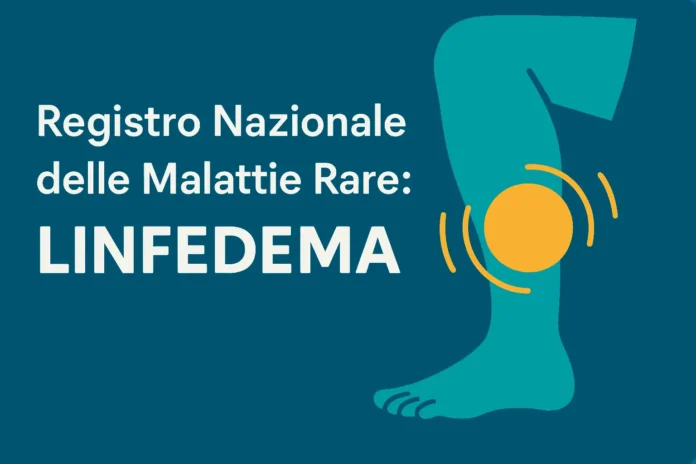Authors & affiliations:
F. Calleja Casado, G. Ortega Prades, A. Lanuza García, A. Duch Samper — Ophthalmology Service, Hospital Clínico Universitario, Valencia, Spain
This case series of five adolescents with congenital accessory eyelashes (distichiasis) shows how eye examination can serve as the entry point to diagnosing the rare lymphedema-distichiasis syndrome. Slit-lamp evaluation and meibography revealed aberrant hair follicles along the posterior lid margin; lower-limb swelling surfaced only after targeted history-taking. Next-generation sequencing detected loss-of-function variants in FOXC2 in every patient, supporting the gene’s role in lymph-vascular and hair-follicle morphogenesis. Laser ablation of ectopic lashes prevented keratopathy, while early lymphological follow-up (low-grade compression and ultrasound monitoring) curtailed edema progression. The authors present a diagnostic algorithm encouraging ophthalmologists, dermatologists and lymphologists to include ocular signs (chronic irritation, trichiasis) in the work-up of recurrent limb swelling and vice versa. The creative advance is recognising distichiasis as an easily visible clinical biomarker that triggers prompt genetic confirmation, shortens therapeutic delay and enables family counselling for FOXC2 carriers.
Tags: Distichiasis; FOXC2; Genetic analysis; Linfedema; Lymphedema
“`




